Human body
Here are the names of the body parts of a woman and a man.
A body (Latin : corpus) is the physical material of an organism. It is only used for organisms which are in one part or whole. There are organisms which change from single cells to whole organisms: for example, slime molds. For them the term 'body' would mean the multicellular stage. Other uses:
The body of a dead person is also called a corpse or cadaver. The dead bodies of vertebrate animals and insects are sometimes called carcasses.
The human body has a head, neck, torso, two arms, two legs and the genitals of the groin, which differ between males and females.
The branch of biology dealing with the study of the bodies and their specific structural features called morphology. [2] Anatomy is a branch of morphology that deals with the structure of the body at a level higher than tissue. [3] Anatomy is closely related to histology, which studies the structure of tissues, as well as cytology, which studies the structure and function of the individual cells, from which the tissues and organs of the studied macroorganism are built. Taken together, anatomy, histology, cytology and embryology represent a morphology
The study of functions and mechanisms in a body is physiology. [4] [5]
Here are the names of the body parts of a woman and a man.
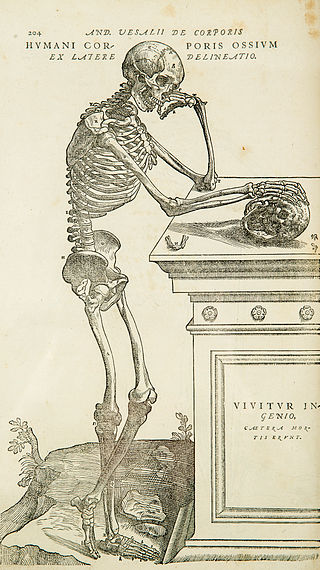
Anatomy is the branch of biology concerned with the study of the structure of organisms and their parts. Anatomy is a branch of natural science that deals with the structural organization of living things. It is an old science, having its beginnings in prehistoric times. Anatomy is inherently tied to developmental biology, embryology, comparative anatomy, evolutionary biology, and phylogeny, as these are the processes by which anatomy is generated, both over immediate and long-term timescales. Anatomy and physiology, which study the structure and function of organisms and their parts respectively, make a natural pair of related disciplines, and are often studied together. Human anatomy is one of the essential basic sciences that are applied in medicine, and is often studied alongside physiology.
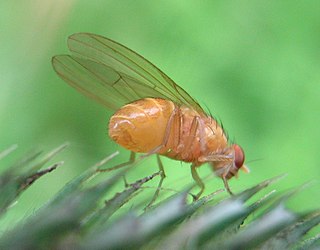
Biology – The natural science that studies life. Areas of focus include structure, function, growth, origin, evolution, distribution, and taxonomy.

Ontogeny is the origination and development of an organism, usually from the time of fertilization of the egg to adult. The term can also be used to refer to the study of the entirety of an organism's lifespan.
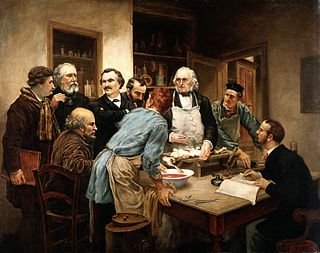
Physiology is the scientific study of functions and mechanisms in a living system. As a subdiscipline of biology, physiology focuses on how organisms, organ systems, individual organs, cells, and biomolecules carry out chemical and physical functions in a living system. According to the classes of organisms, the field can be divided into medical physiology, animal physiology, plant physiology, cell physiology, and comparative physiology.

A skeleton is the structural frame that supports the body of most animals. There are several types of skeletons, including the exoskeleton, which is a rigid outer shell that holds up an organism's shape; the endoskeleton, a rigid internal frame to which the organs and soft tissues attach; and the hydroskeleton, a flexible internal structure supported by the hydrostatic pressure of body fluids.
Zoology is the scientific study of animals. Its studies include the structure, embryology, classification, habits, and distribution of all animals, both living and extinct, and how they interact with their ecosystems. Zoology is one of the primary branches of biology. The term is derived from Ancient Greek ζῷον, zōion ('animal'), and λόγος, logos.

In biology, tissue is an assembly of similar cells and their extracellular matrix from the same embryonic origin that together carry out a specific function. Tissues occupy a biological organizational level between cells and a complete organ. Accordingly, organs are formed by the functional grouping together of multiple tissues.

In a multicellular organism, an organ is a collection of tissues joined in a structural unit to serve a common function. In the hierarchy of life, an organ lies between tissue and an organ system. Tissues are formed from same type cells to act together in a function. Tissues of different types combine to form an organ which has a specific function. The intestinal wall for example is formed by epithelial tissue and smooth muscle tissue. Two or more organs working together in the execution of a specific body function form an organ system, also called a biological system or body system.

Standard anatomical terms of location are used to unambiguously describe the anatomy of animals, including humans. The terms, typically derived from Latin or Greek roots, describe something in its standard anatomical position. This position provides a definition of what is at the front ("anterior"), behind ("posterior") and so on. As part of defining and describing terms, the body is described through the use of anatomical planes and anatomical axes.
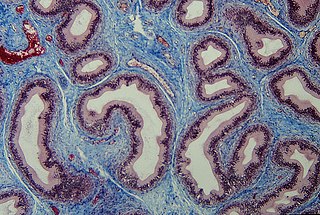
Connective tissue is one of the four primary types of animal tissue, along with epithelial tissue, muscle tissue, and nervous tissue. It develops mostly from the mesenchyme, derived from the mesoderm, the middle embryonic germ layer. Connective tissue is found in between other tissues everywhere in the body, including the nervous system. The three meninges, membranes that envelop the brain and spinal cord, are composed of connective tissue. Most types of connective tissue consists of three main components: elastic and collagen fibers, ground substance, and cells. Blood, and lymph are classed as specialized fluid connective tissues that do not contain fiber. All are immersed in the body water. The cells of connective tissue include fibroblasts, adipocytes, macrophages, mast cells and leukocytes.

Parenchyma is the bulk of functional substance in an animal organ or structure such as a tumour. In zoology, it is the name for the tissue that fills the interior of flatworms.

Morphology is a branch of biology dealing with the study of the form and structure of organisms and their specific structural features.

Plant anatomy or phytotomy is the general term for the study of the internal structure of plants. Originally, it included plant morphology, the description of the physical form and external structure of plants, but since the mid-20th century, plant anatomy has been considered a separate field referring only to internal plant structure. Plant anatomy is now frequently investigated at the cellular level, and often involves the sectioning of tissues and microscopy.

Phytomorphology is the study of the physical form and external structure of plants. This is usually considered distinct from plant anatomy, which is the study of the internal structure of plants, especially at the microscopic level. Plant morphology is useful in the visual identification of plants. Recent studies in molecular biology started to investigate the molecular processes involved in determining the conservation and diversification of plant morphologies. In these studies transcriptome conservation patterns were found to mark crucial ontogenetic transitions during the plant life cycle which may result in evolutionary constraints limiting diversification.
The following outline is provided as an overview of and topical guide to zoology:
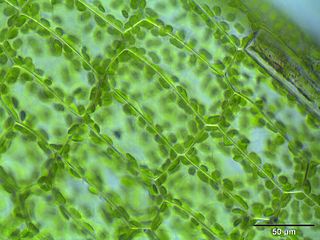
The following outline is provided as an overview of and topical guide to cell biology:
The following outline is provided as an overview of and topical guide to natural science:
This glossary of biology terms is a list of definitions of fundamental terms and concepts used in biology, the study of life and of living organisms. It is intended as introductory material for novices; for more specific and technical definitions from sub-disciplines and related fields, see Glossary of cell biology, Glossary of genetics, Glossary of evolutionary biology, Glossary of ecology, Glossary of environmental science and Glossary of scientific naming, or any of the organism-specific glossaries in Category:Glossaries of biology.
Botany is a natural science concerned with the study of plants.The main branches of botany(also referred to as "plant science") are commonly divided into three groups: core topics, concerned with the study of the fundamental natural phenomena and processes of plant life, the classification and description of plant diversity; applied topics which study the ways in which plants may be used for economic benefit in horticulture, agriculture and forestry; and organismic topics which focus on plant groups such as algae, mosses or flowering plants.